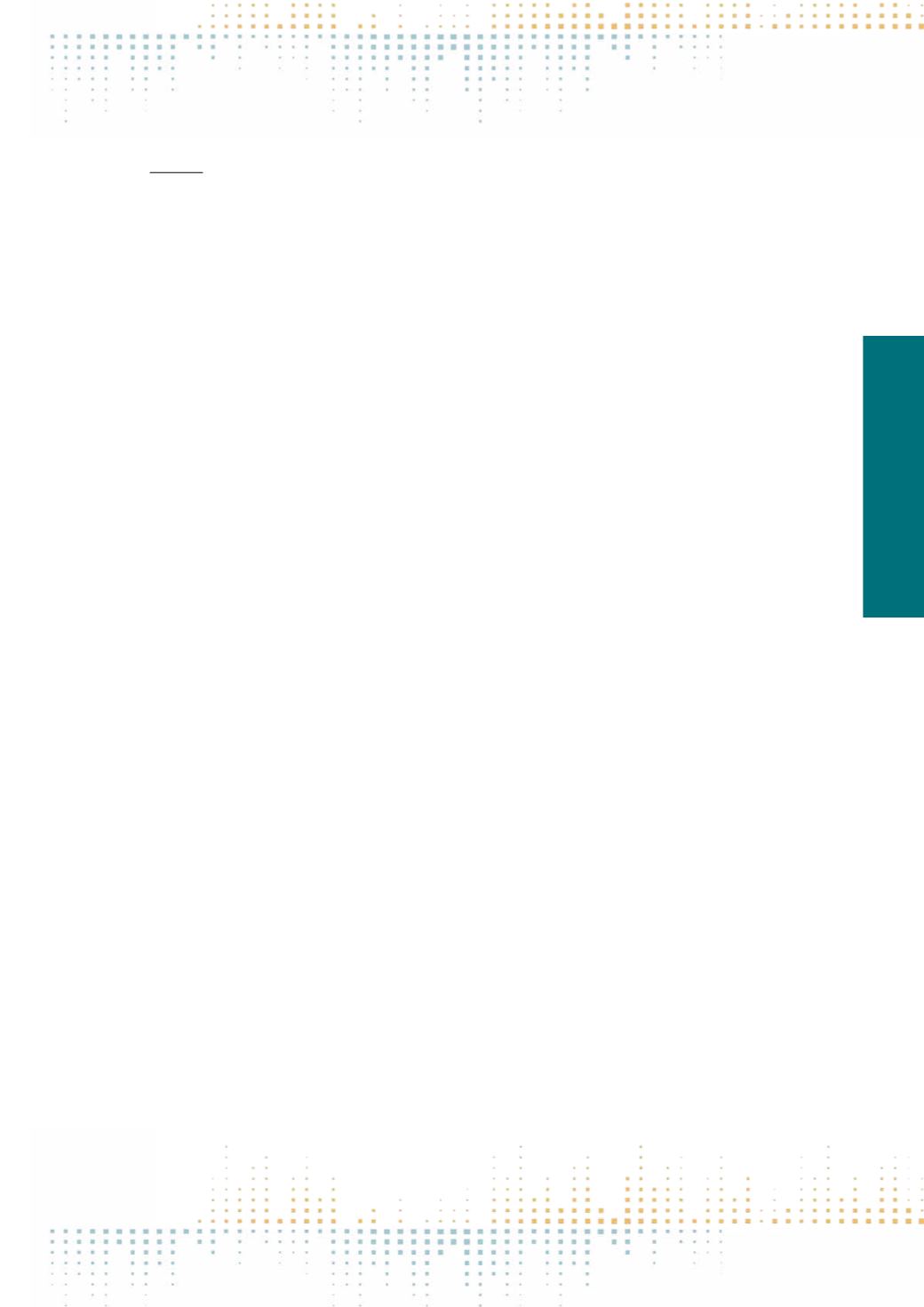

531
Friday, November 11
1 6 : 0 0 – 1 7 : 3 0
PP 359
Italian Political Leaders’ Communication Strategy in a Hybrid Media Environment
R. Bracciale
1
, A. Martella
1
1
University of Pisa, Political Science, Pisa, Italy
In the last decades, the political crisis in Europe seems to have grown due to several issues tackled by the political system, starting from the end of the so-
called mass parties. The financial crisis, that led an increasing welfare state contraction, has aggravated the economic conditions of the European citizens
contributing to increase their feelings of distrust and dissatisfaction regarding the political representatives. Political parties and their leaders are attempting
to fill the gap between them and citizens setting up new communication styles and strategies. Political actors do not easily adopt an interactive way to
communicate that could help develop a more direct relationship with citizens. Even though the amount of interactions between journalists or others élite
and politicians, there are very few with citizens. The emergence of new media and new issues in the political communication realm led to a different and
always changing relationship among citizens, media and politics, that is even more entangled in a hybrid media environment. In a context shaped by
personalization and disintermediation processes, the representation of the political forces and their strategies are deeply connected to the leaders’ figure
and their communicative practices. Political parties’leaders often stage these practices in social media environments that offer them the chance to manage
personally their own representation, through the so-called news management practices. Many leaders have adopted Twitter as a daily communication tool
to be in contact with both their supporters and élite. However, their tweets can spread beyond their followers’circles, thanks to the asymmetric and public
relationships that characterize this platform. This key feature enables politicians to get in touch with ideologically distant people, who can react to their
messages even in antagonistic ways. These considerations bring out some research questions focused on the leaders’ communication and its effects: How
does communication style differ by leaders (i.e. public versus personal communication)? How does it affect the relationship between them and the“Twitter‑
sphere”(i.e. interaction and reciprocity)? What kind of feedback (sharing, rejection, etc.) is received by leaders resorting to a specific communication style?
Does the adoption of a particular style produce more engagement, regarding the follower/not-follower dichotomy? In order to address these questions, we
have chosen to download and analyze one year of the main Italian leaders’ timelines (Matteo Renzi, Beppe Grillo and Matteo Salvini) and the discussions
in which they have been involved. We will analyze and classify the contents of the timelines in order to relate the volume and the content of the users’
tweets with whom they get in touch (mention, retweet, reply, feedback and following relationship). Furthermore, we will reconstruct the online social
networks between parties’leaders and twitter users in order to reveal emerging schemes of interactions. Finally, we will try to identify each leaders’specific
communicative style through the emerging patterns in leaders’tweeting habits. The aim of this work is to individuate and define some ideal type for each
leaders’communicative style.



















